9 ways to get more from your amp modeler and multi-effects pedals
Going digital presents guitarists with more options than ever before. We take a look at some easy ways to exploit DSP power to help you find better tone
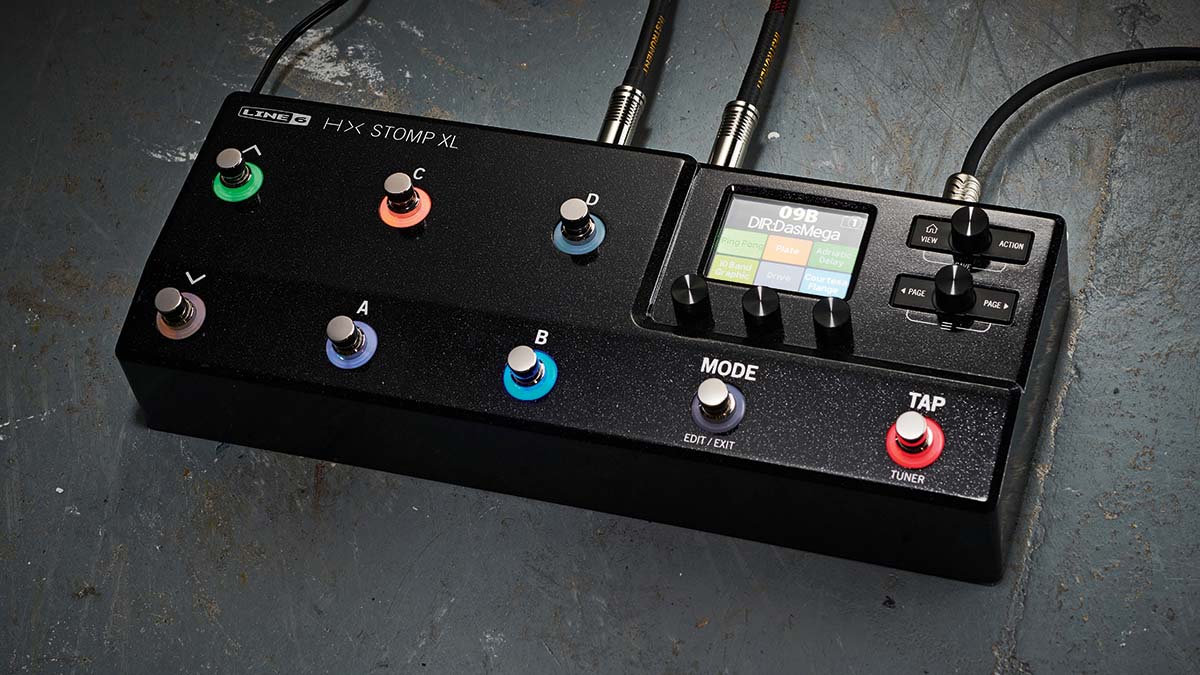
So you’ve gone digital. You’ve got an amp modeler or an all-singing, all-dancing multi-effects pedal. But are you making the most of their capabilities?
We often integrate these new devices into our rigs and quickly hone in on some sounds and features that work right away, when there are more – lots more – things you can do with these digital units.
They have changed the game for electric guitar tone. If you’re new to digital, or are looking for new ideas on how to use yours, here are nine things to try out that make the most of their awesome features.
1. Use your multi-effects’ computer software
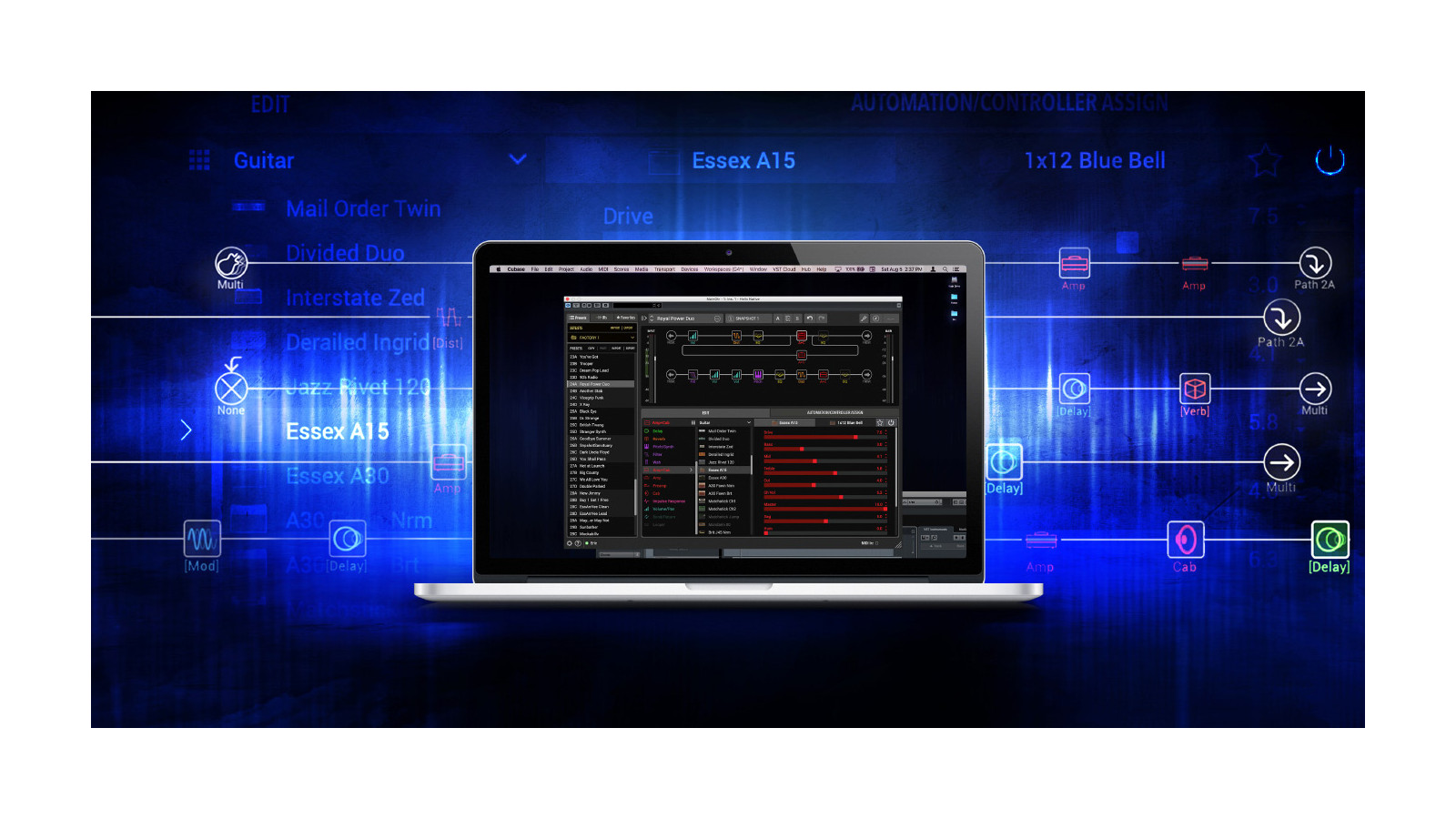
Many multi-effects units have USB connectivity and come with software for more intensive tweaking, giving increased control over the parameters of each effect and amp model, as well as the signal chain in general. It’s potentially the key to unlocking the exact sound you hear in your head.
Even if your sonic requirements are relatively simple, the ability to experiment by dragging and dropping virtual effects around the signal chain can be a highly creative and fun process.
2. Make sure your preset levels are similar
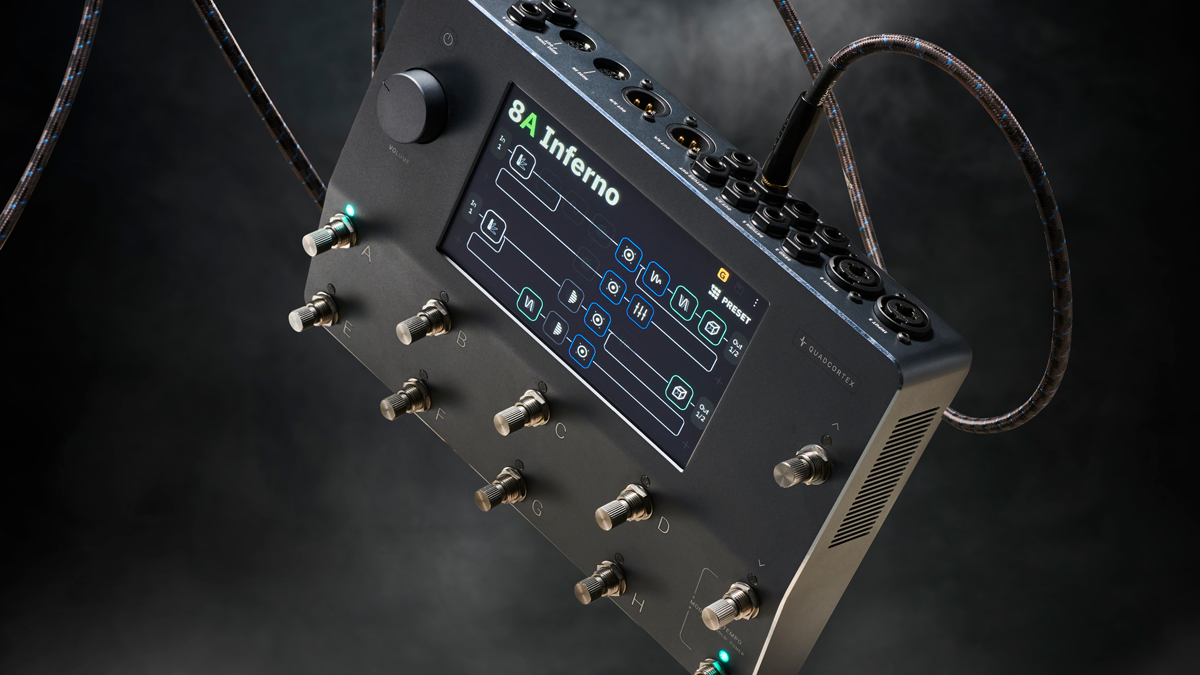
One of the most important things when using a multi-effects unit is having a uniform volume across all your presets. Uneven levels means your parts won’t cut through the mix when you switch between presets.
A smartphone app such as Decibel X can help you tackle the problem, giving you an idea of each preset’s loudness – though make sure to unify output levels in your multi’s menus too where possible. Be aware that clean sounds often have greater dynamic range than drive tones (a little compression can help even things out here).
All the latest guitar news, interviews, lessons, reviews, deals and more, direct to your inbox!
With cleans, crunches and heavy rhythms set roughly the same, next add in boosts for your lead tones. Again, start by making every boost roughly the same, then tweak it if a song needs more or less of a push.
3. Go direct into your amp’s FX loop
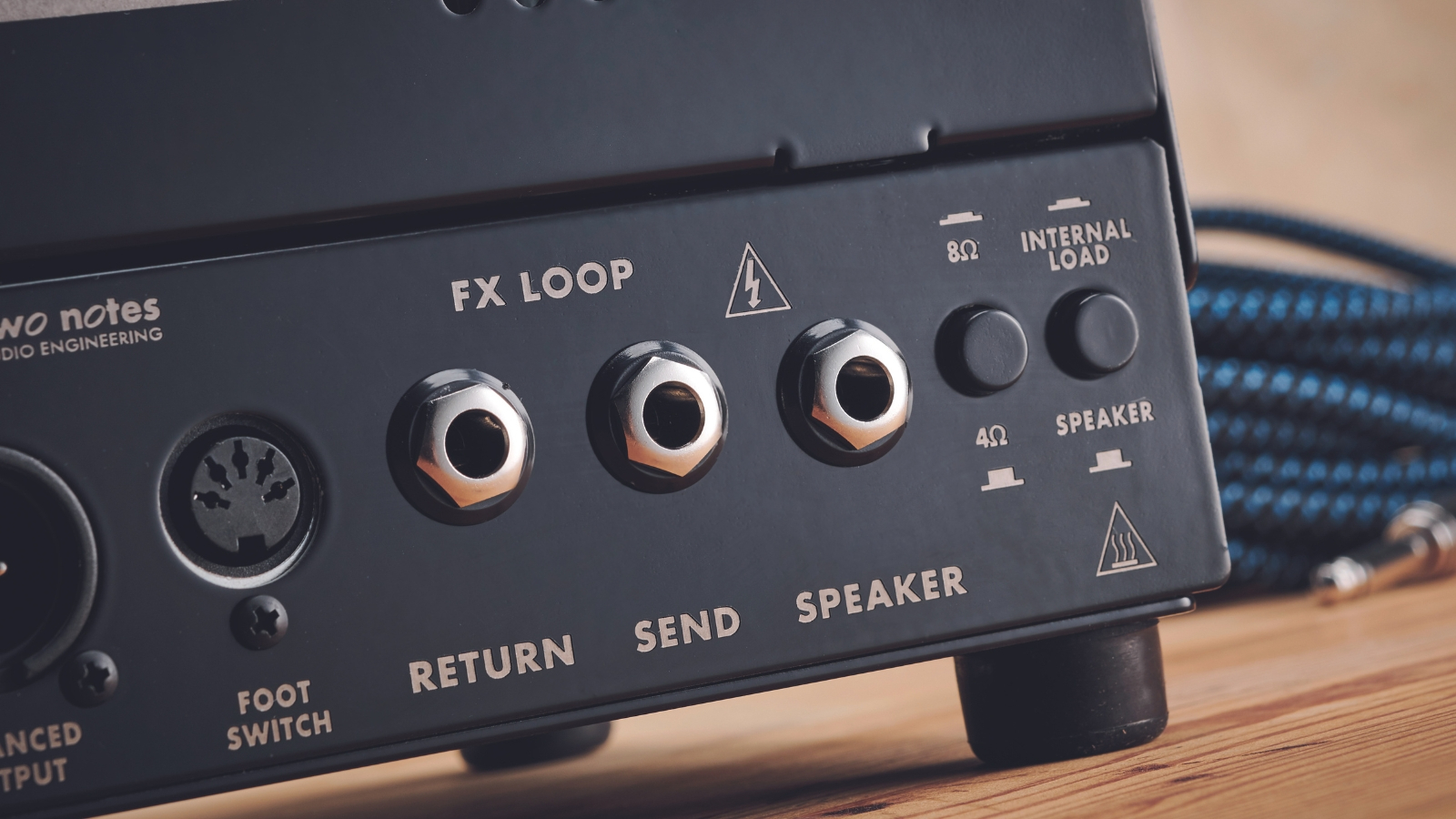
If you don’t like how your multi-effects’ amp models sound in front of the amp, try plugging direct into the effects loop return instead. This will bypass your amp’s preamp and keep amp models sounding as faithful as possible.
If you’re not using your floor unit’s models, it’s worth noting that overdrives and distortions won’t necessarily work as they should, but everything from boost and EQ to modulation and ambiences will still function well.
5. Use the four-cable method
This is a way of connecting a multi-effects pedal to an amplifier using, you guessed it, four cables – but why bother? Well, the idea is to ‘split’ the virtual signal chain inside your multi unit to send certain effects to your amp’s input (traditionally the drive effects), while placing others (typically modulation, delay, reverb etc) in the loop – giving you all the I/O options of a traditional pedalboard.
All you need is for both your amplifier and your multi-effect unit to be equipped with an effects loop. Here’s how to connect it all up:
- Guitar –> Multi-effects input
- Multi-effects main output –> Amp effect loop return
- Multi-effects loop send –> Amp main input
- Amp loop send –> Multi-effects loop return
6. Combine your favourite analog pedals with your multi‑effects unit
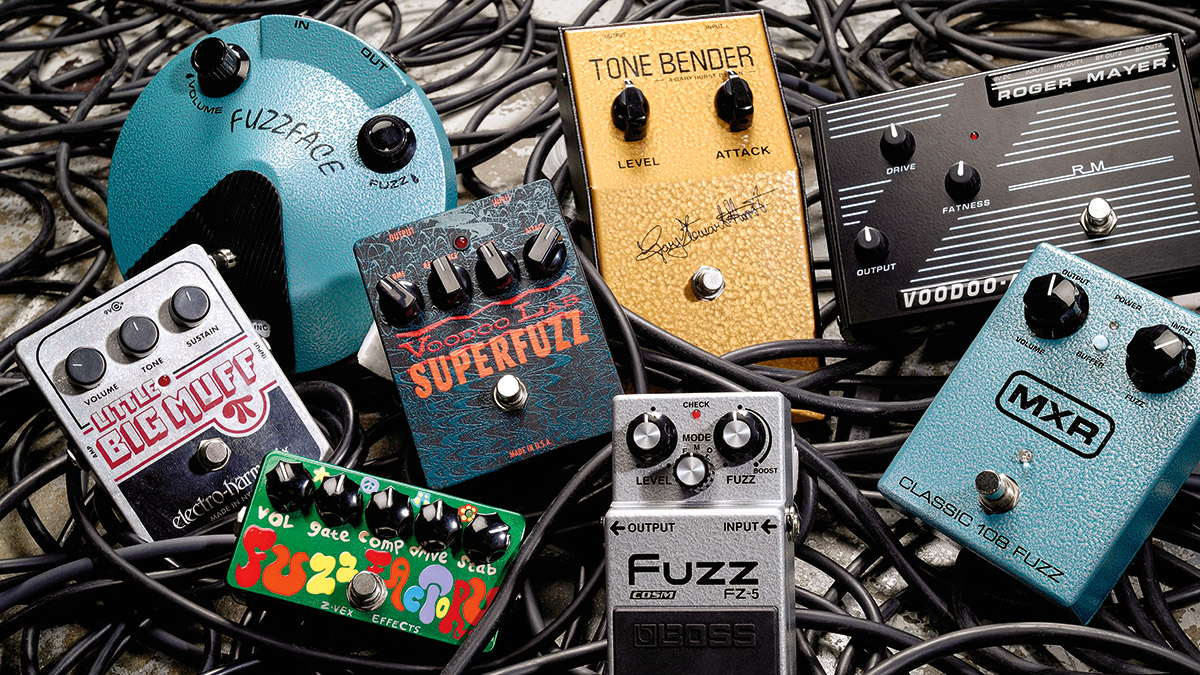
Some players prefer to stick with analog overdrives and fuzz pedals in front of the amp’s input and then run their digital gear in the effect loop – creating a best of both worlds scenario.
This way you keep a lot of the functionality from your multi-effects device but the core of your tone is coming from handpicked pedals and amps.
7. Save one group of presets for humbuckers and another for single coils
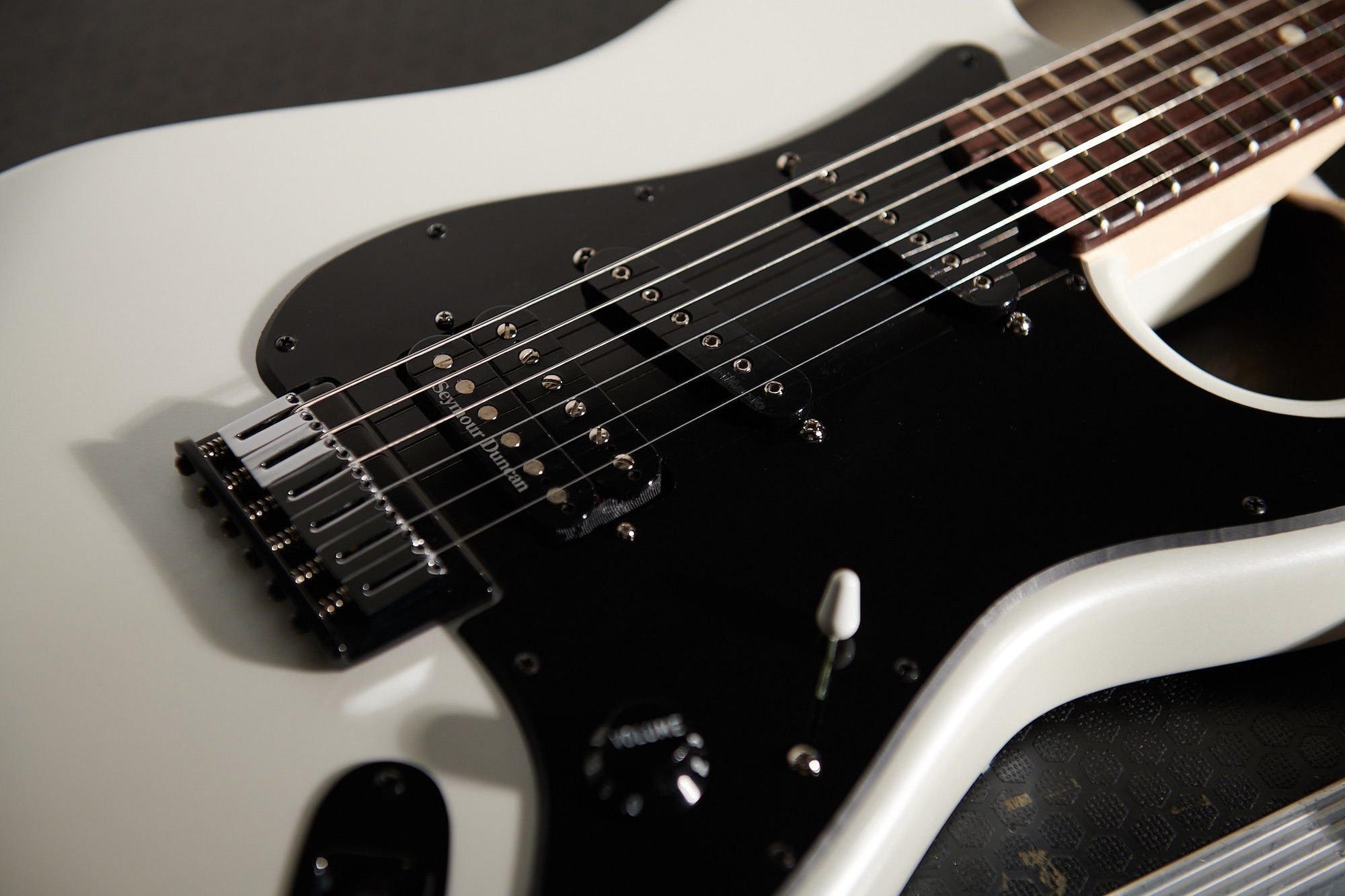
If you use different styles of guitars, it may be worth doubling-up on presets so your tones cater for different kinds of pickups. Humbucker pickups tend to have a higher output that’ll break up quicker, while single-coil pickups may need an extra push or gain stage to find that high sustain sweet spot.
Given how much memory you’ll find on modern multi-effects units, it makes sense to tailor your favourite settings to different guitars.
8. Use compression and EQ to bring clean sounds to life
Digital gear has never felt closer to the real deal than it does right now – to the point where amp and pedal emulations are often too convincing for most people to tell the difference.
Bring your cleans to life by using compression and EQ to add a little more soul to your tones and make them feel more real and full-bodied. Technically, you’d be reducing the dynamic range, but it’ll help those clean tones pop!
9. Record unprocessed, then reamp
Advanced routing options under the hood of many multi-effect units allow you to record with your chosen preset activated while simultaneously recording a dry unprocessed signal. The benefit? You get to choose the best tone for your track at mixdown instead of committing to it when you record.
Simply route the dry-recorded signal from your DAW back to your multi-effect (or any other rig at your disposal) to ‘reamp’ your take, rerecording it as it plays through the new preset. Try recording with loads of gain and sustain, then reamping with a gentler, cleaner sound.
Amit has been writing for titles like Total Guitar, MusicRadar and Guitar World for over a decade and counts Richie Kotzen, Guthrie Govan and Jeff Beck among his primary influences as a guitar player. He's worked for magazines like Kerrang!, Metal Hammer, Classic Rock, Prog, Record Collector, Planet Rock, Rhythm and Bass Player, as well as newspapers like Metro and The Independent, interviewing everyone from Ozzy Osbourne and Lemmy to Slash and Jimmy Page, and once even traded solos with a member of Slayer on a track released internationally. As a session guitarist, he's played alongside members of Judas Priest and Uriah Heep in London ensemble Metalworks, as well as handled lead guitars for legends like Glen Matlock (Sex Pistols, The Faces) and Stu Hamm (Steve Vai, Joe Satriani, G3).

